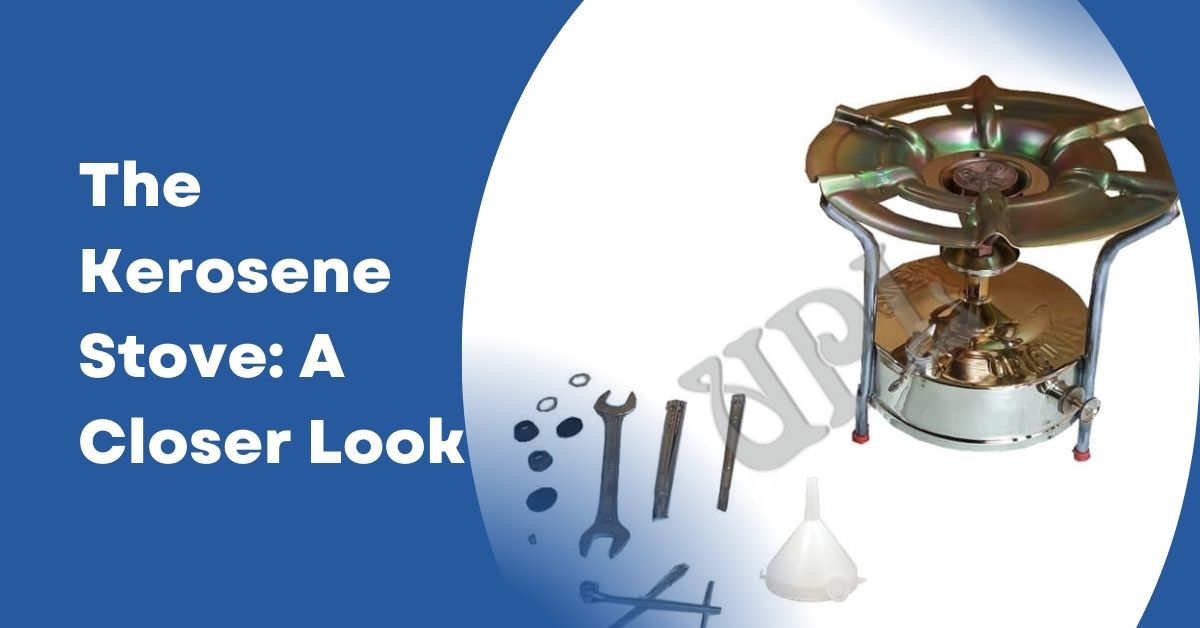In an era dominated by sleek electric appliances and high-tech cooking gadgets, the kerosene stove might seem like a relic of the past. However, this simple yet effective cooking device continues to play a crucial role in many parts of the world. Let’s take a closer look at the kerosene stove, exploring its history, functionality, and enduring relevance in today’s diverse global landscape.
How It Works
At its core, a kerosene stove operates on a simple principle. It consists of a fuel tank, a wick, and a burner assembly. The wick draws kerosene from the tank through capillary action. When lit, the kerosene vaporizes and mixes with air, creating a steady, controllable flame. This flame can be adjusted by raising or lowering the wick, allowing users to regulate the heat output.
Advantages of Kerosene Stoves
- Portability: One of the key benefits of a kerosene stove is its portability. These stoves are typically compact and lightweight, making them ideal for camping, outdoor cooking, or use in areas without reliable electricity.
- Fuel Availability: Kerosene is widely available in many parts of the world, particularly in rural and developing regions. This accessibility makes kerosene stoves a practical choice for millions of households.
- Cost-Effectiveness: Compared to electric or gas stoves, kerosene stoves often prove more economical in terms of both initial investment and ongoing fuel costs.
- Reliability: Kerosene stoves are known for their durability and simple mechanics. With proper maintenance, they can last for many years, even in harsh conditions.
- Independence from Power Grid: In areas prone to power outages or lacking electrical infrastructure, kerosene stoves provide a dependable cooking solution.
Challenges and Considerations
While kerosene stoves offer numerous advantages, they also come with certain challenges:
- Safety Concerns: Proper handling and storage of kerosene are essential to prevent accidents. Users must be cautious about potential fire hazards and ensure proper ventilation.
- Environmental Impact: Burning kerosene produces emissions that can contribute to indoor air pollution. This has led to concerns about long-term health effects in households that rely heavily on kerosene stoves.
- Odor: Some users find the smell of burning kerosene unpleasant, which can affect the cooking experience and food flavors.
- Maintenance: Regular cleaning and wick replacement are necessary to keep the stove functioning efficiently.
Modern Innovations
Recognizing both the enduring need for kerosene stoves and the challenges they present, manufacturers have introduced various improvements:
- Pressurized Kerosene Stoves: These models use a pump to pressurize the fuel, resulting in a hotter, more efficient flame and reduced emissions.
- Safety Features: Many modern kerosene stoves incorporate safety mechanisms such as automatic shut-off valves and improved fuel containment systems.
- Hybrid Models: Some stoves can now use multiple fuel types, including kerosene, offering greater flexibility to users.
- Improved Efficiency: Advances in burner design have led to more efficient fuel consumption and reduced emissions.
The Future of Kerosene Stoves
As the world grapples with issues of energy access, environmental sustainability, and economic development, the future of kerosene stoves remains a topic of debate. While efforts are underway to promote cleaner cooking technologies, the kerosene stove is likely to remain a significant player in the global cooking landscape for years to come.
The kerosene stove, with its long history and continued relevance, offers a fascinating glimpse into the intersection of technology, culture, and daily life. As we look to the future of cooking and energy use, understanding the role and impact of this seemingly simple device can provide valuable insights into the complex challenges of meeting basic human needs on a global scale.






